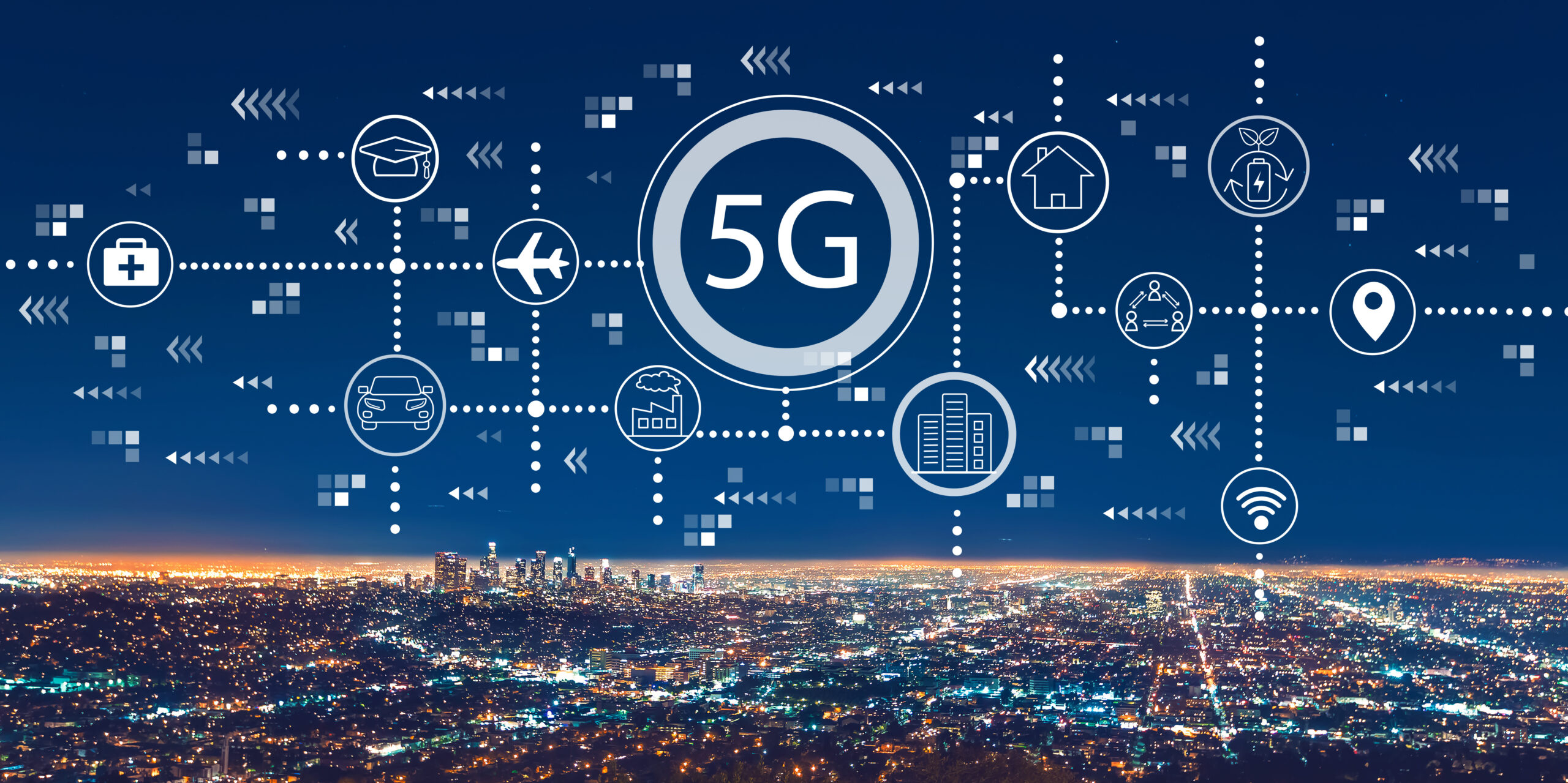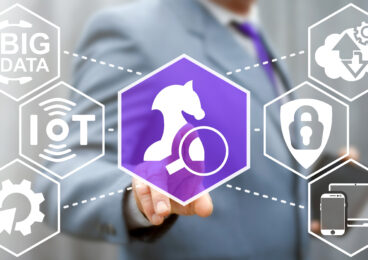
When Physical Meets Digital: The Future of Fitness

The health and fitness sector has always been quick to adapt to digital. For many, wearables spring to mind when we talk about the intersection between fitness and tech. In reality, wearables are just the start. Digital transformation is re-inventing all areas of the industry. It is changing the way we respond to our bodies and it is blurring the traditional role of the gym versus home workout.
While devices that count steps, calories, heart rate and more are no longer new and their features are continually extending, it is true that wearables did revolutionize health tracking. These devices helped millions of “ordinary” people, rather than pro athletes, to become aware of their health data. And because wearables go everywhere and the data is actionable, what counts as exercise suddenly includes walking the dog and going up stairs, not just going to the gym or heading out for a run.
Digitally transforming fitness
Another key area of innovation is all to do with enabling richer, more effective – and more fun – exercise experiences in the comfort of the home. We often talk about technology breaking down barriers and blurring traditional lines, and that is absolutely happening right now. Take the gym versus the home. The convenience of home workouts have long made them popular, and streaming gym classes are a growing trend. Thanks to digital, expert-led group classes, which used to be the gym’s specialty, can now be replicated in people’s homes, at a time that suits them.
At Apexon, we’ve been involved in this digital evolution of fitness for many years, helping clients such as Peloton and Basis push the boundaries of what’s achievable when cutting-edge intelligence meets world-class hardware. By deploying automated, continuous testing these companies have been able to transform the way their customers experience the physical act of keeping fit.
Peloton’s at-home, on-demand, group cycling experience was a pioneer in the movement to extend the concept of in-the-gym fitness into people’s homes, without compromising on the advantages gyms offer in motivation, group experience, best-in-class technology and superior fitness tracking. Looking ahead at the digital trends shaping fitness, what can we expect in the future?
Digital fitness will be connected
Tracking your all-important fitness and health stats via wearables isn’t new, but increasingly we’ll need them to connect with different devices and service providers for a 360-view of your state of health. You can already have your smartwatch “talk” to your virtual assistant (“Alexa, how many steps have I walked today?”). What about connecting to your health records, or sending data to your insurer? Devices such as 3D scanners (example: Fit3D) could help users monitor and manage long-term conditions like diabetes or slash insurance premiums, as well as connecting to gym apps, diet apps and many more use cases.
Fitness will be immersive
Peloton’s state-of-the-art cycling experiences are just one example showing that at-home exercise doesn’t just rival what the gym can offer. It goes further than that, because it pits cyclists against the most exciting, challenging rides and riders from anywhere in the world through virtual reality. Immersive exercise classes are one of the hottest trends in the industry, with much more than a physical workout on offer. With the right state-of-the-art equipment, immersive workouts stimulate all the senses. To date, “immersive” has become a key differentiator for studios like Les Mills, but as more on-demand at-home workout technology develops, the line between the gym and the home will get increasingly blurred.
The future is personal
Following cookie-cutter exercise regimes that promise gravity-defying abs in a matter of weeks…. could be a thing of the past. Bespoke workouts and tailored programs are already hot because we all know the perils of workout fatigue and because all bodies are made differently. In the future, truly personalized body profiling will becomes mainstream, whether testing your DNA (FitnessGenes, Thriva, iamYiam, for example), your microbiome (Atlas, Ixcela, etc.) or highly-personal training programs like Equinox Tier X.
Bringing it all together
The health and fitness industry is characterized by high levels of innovation. While exercise fads come and go, there are ways to future-proof a business in this competitive sector. We’re seeing companies able to bring together the necessary software and hardware processes to consistently deliver user experiences that delight. They stand a great chance of thriving, long-term.
One that stands out is the San Francisco-based Tonal, whose home gym solution is space-saving (it has ZERO footprint) and offers an entire gym experience. Using highly personalized analytics and world-class instruction, it enables full body workouts as well as enviable monitoring capabilities to keep users on track with their goals.
Fast-tracking your digital plans can be the difference between ‘fit’ or ‘flop’ in the health and fitness industry. Speed-to-market, product quality and a commitment to creating exceptional customer experiences all require a steady focus on digital strategy and processes. We have many more examples to share of putting digital to work in fitness and we would love to hear your challenges. Contact us today by submitting the form below.







